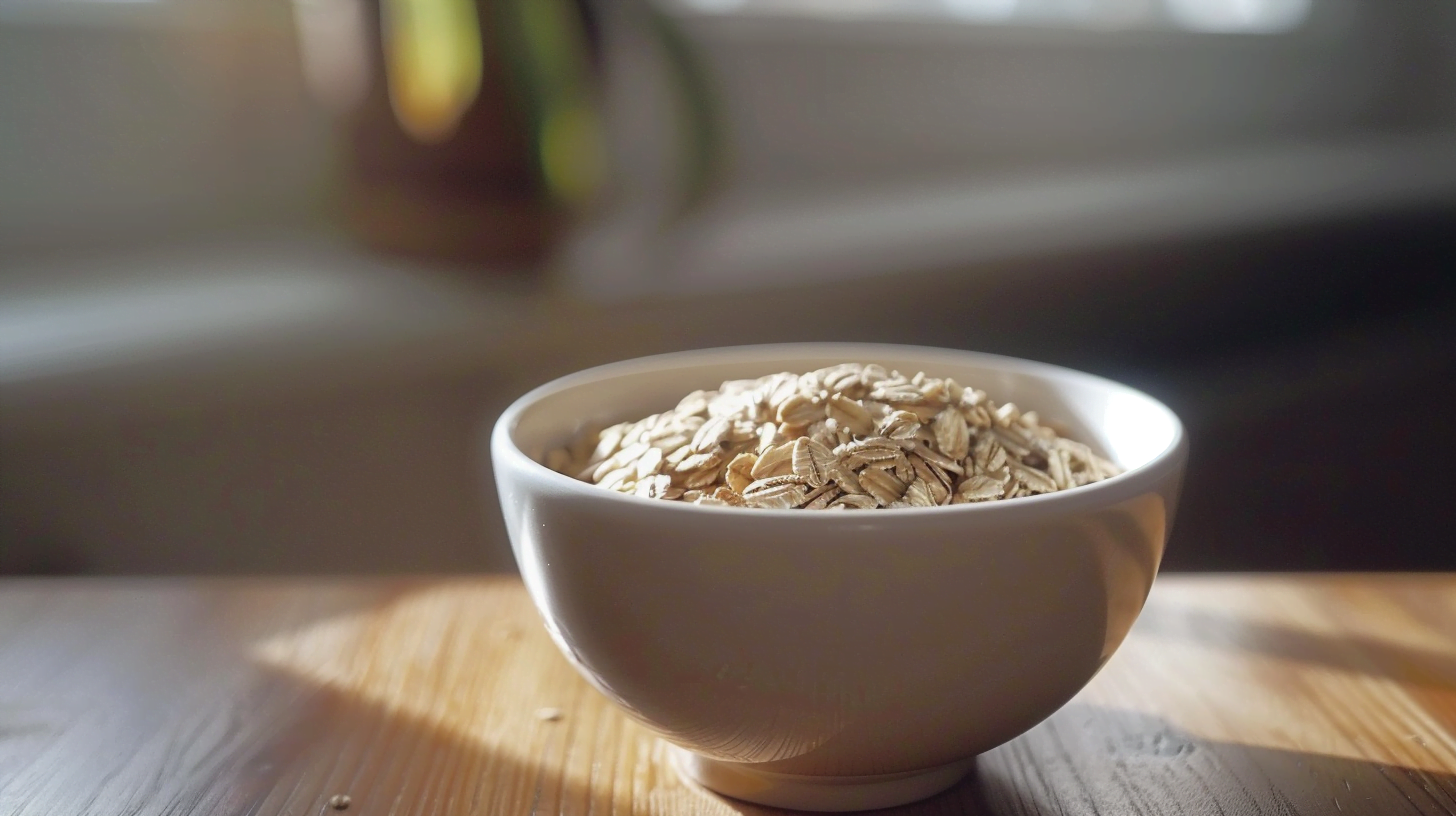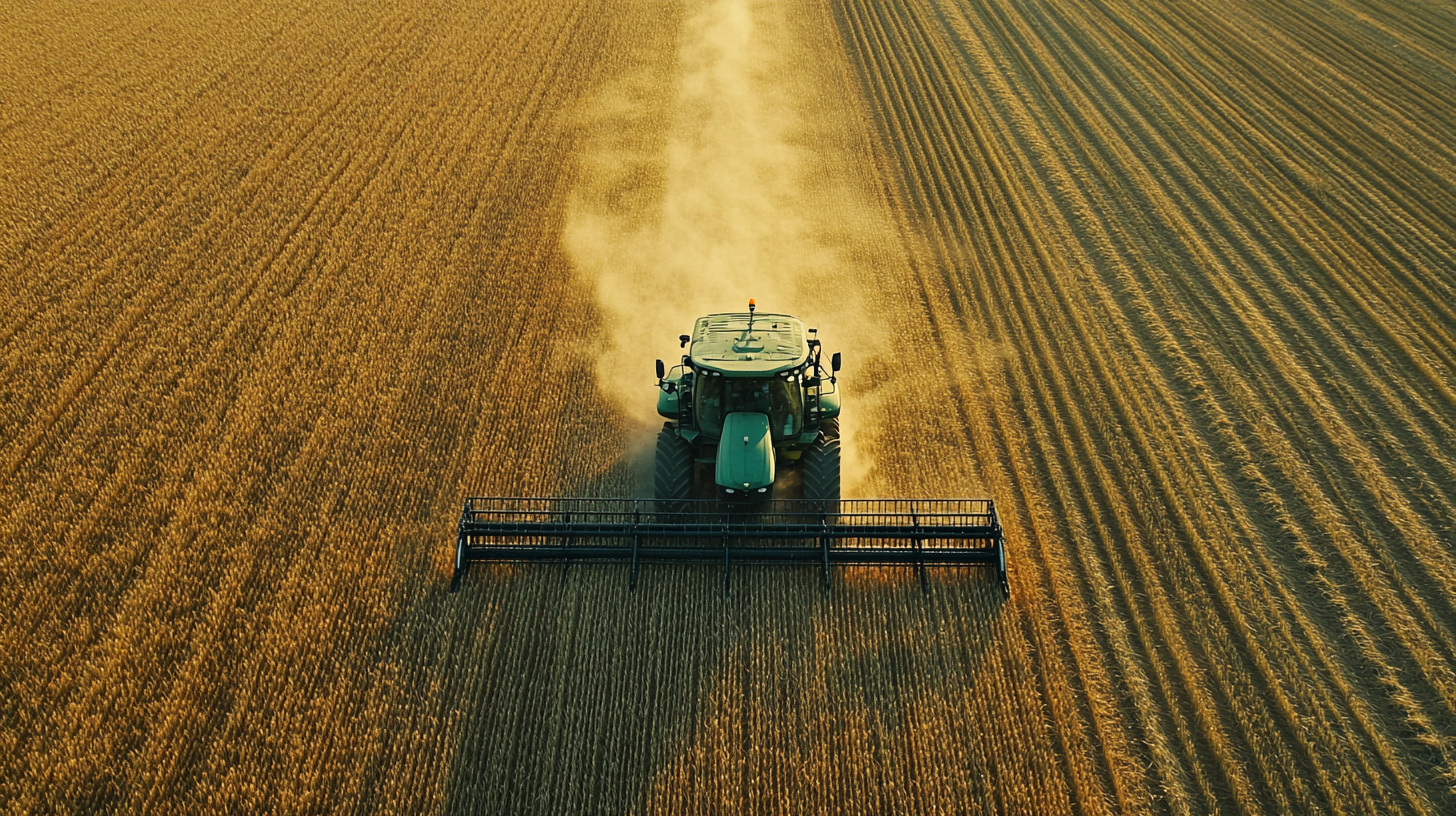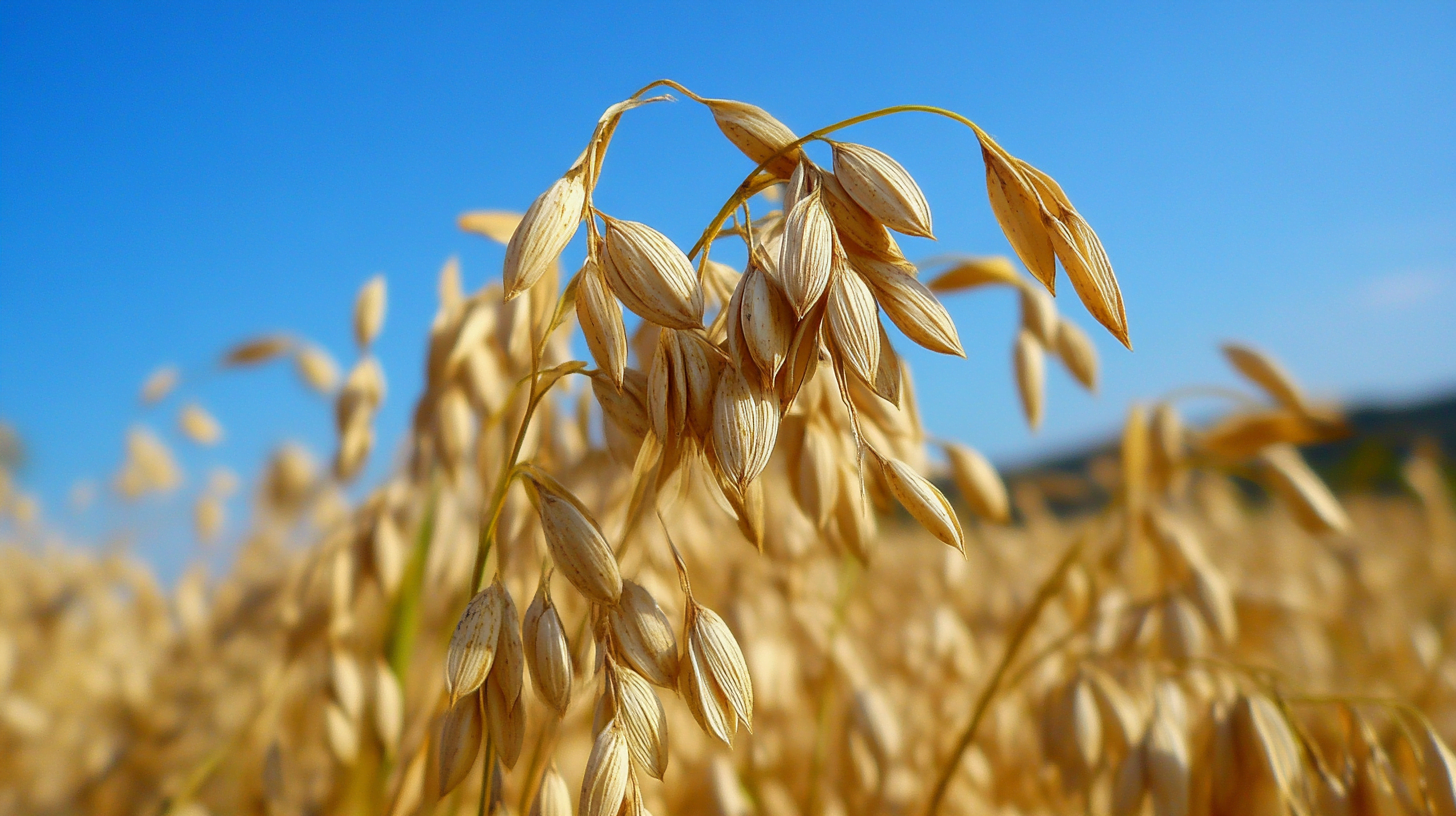Oats have been a staple food for centuries, with a rich history of cultivation and consumption across the globe. In recent years, the popularity of oats has surged due to their numerous nutritional benefits and versatility in various dishes and products. In this comprehensive blog post, we’ll explore which country consumes the most oats and delve into the factors contributing to their high oat consumption.
Introduction
Oats, scientifically known as Avena sativa, have been cultivated for thousands of years, with evidence of oat consumption dating back to the Bronze Age. These humble grains have played a significant role in many cultures, serving as a reliable food source and even as a currency in some ancient civilizations.
Today, oats are recognized as a nutritional powerhouse, packed with essential vitamins, minerals, fiber, and antioxidants. Their numerous health benefits, coupled with their adaptability in various recipes, have contributed to their growing popularity worldwide.
The origins of oats can be traced back to the Fertile Crescent, a region in the Middle East that includes parts of modern-day Iraq, Syria, Lebanon, Jordan, Israel, Palestine, Egypt, Turkey, and Iran. From there, oats spread to Europe, where they became a staple crop in many countries, particularly in regions with cool, wet climates.
In ancient Greece and Rome, oats were primarily used as animal feed, but they gradually gained popularity as a food source for humans. By the Middle Ages, oats had become a staple in many European countries, particularly in Scotland, where they were used to make porridge and oatcakes.
The colonization of the Americas brought oats to the New World, where they thrived in the temperate climates of North America. Oats became an essential crop for early settlers, providing a reliable food source and serving as feed for livestock.
Throughout history, oats have been valued for their nutritional content and health benefits. In the 19th century, oats gained recognition as a health food, with doctors recommending oatmeal as a remedy for various ailments, including digestive issues and heart problems.
Today, oats are enjoyed worldwide in a variety of forms, from traditional porridges and baked goods to modern innovations like oat milk and oat-based snacks. As more people become aware of the health benefits associated with oats, their popularity continues to grow, cementing their status as a global staple food.
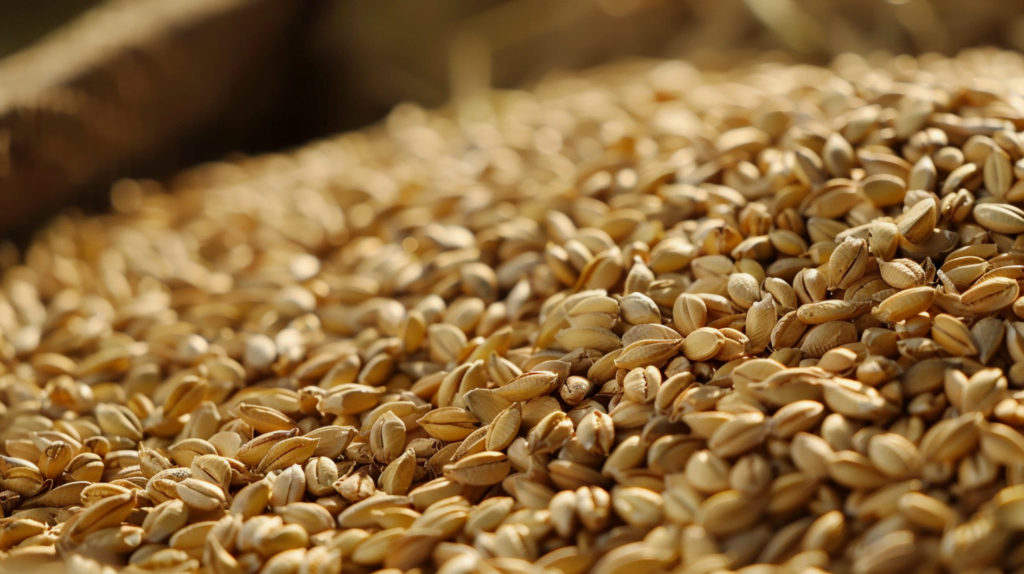
Top Oat-Consuming Countries
According to recent data, the following countries have the highest oat consumption per capita:
- Russia
- Canada
- United Kingdom
- United States
- Germany
Several factors contribute to the high oat consumption in these countries, including cultural significance, economic factors, and a growing awareness of the health benefits associated with oats.
Russia
Russia is the world’s leading oat consumer, with an annual per capita consumption of approximately 12 kilograms. Oats have been a part of Russian cuisine for centuries, with dishes like kasha (a porridge-like dish) and tolokno (oat flour) being staples in many households.
The country’s cold climate and vast agricultural land suitable for oat cultivation have also contributed to its high oat consumption. Additionally, the Russian government has been promoting oat consumption as part of its efforts to improve the population’s overall health.
Oats have a long history in Russian cuisine, with references to oat-based dishes dating back to the 9th century. In ancient times, oats were primarily consumed by the lower classes, as they were an affordable and readily available food source. Over time, oats became more widely accepted and integrated into various dishes across all social classes.
One of the most iconic Russian oat-based dishes is kasha, a porridge-like dish that can be made with various grains, including oats. Oat kasha is a popular breakfast food and is often served with milk, butter, or jam. It is also common to add savory ingredients like meat, mushrooms, or vegetables to create a more substantial meal.
Tolokno, or oat flour, is another staple in Russian cuisine. It is made by grinding roasted oats into a fine powder and is used in a variety of dishes, including baked goods, porridges, and even as a thickening agent in soups and stews.
The Russian government has recognized the nutritional value of oats and has been actively promoting their consumption as part of a healthy diet. In recent years, there has been a push to include more oat-based products in school meals and to encourage the development of new oat-based products in the food industry.
Russia’s high oat consumption can also be attributed to the country’s vast agricultural land and suitable climate for oat cultivation. Russia is one of the world’s largest oat producers, with a significant portion of its production being consumed domestically.
As health consciousness continues to rise in Russia, it is likely that oat consumption will remain high, with more people incorporating oats into their daily diets for their numerous health benefits and versatility in various dishes.
Canada
Canada, known for its thriving oat production, ranks second in global oat consumption. Canadians consume around 7 kilograms of oats per person annually. Oats are a significant part of the country’s agricultural economy, with a large portion of its oat production being exported to other countries.
Oat-based products, such as oatmeal and granola bars, are popular among health-conscious Canadians. The country’s multicultural population has also contributed to the diversification of oat-based recipes, with influences from various cuisines.
Oats have been cultivated in Canada since the early 17th century, when European settlers first introduced the crop to the country. Initially, oats were primarily grown as feed for livestock, but as the population grew and the demand for healthy, affordable food increased, oats became a staple in the Canadian diet.
One of the most iconic Canadian oat-based dishes is oatmeal, a warm and comforting porridge that is often enjoyed for breakfast. Canadians have put their own spin on this classic dish, with variations like maple oatmeal, which incorporates the country’s famous maple syrup, and apple cinnamon oatmeal, which takes advantage of Canada’s abundant apple crops.
Granola, a popular breakfast and snack food made with oats, nuts, seeds, and dried fruit, has also become a staple in Canadian households. Many Canadian companies have developed their own unique granola blends, incorporating local ingredients and flavors.
Canada’s multicultural population has also contributed to the diversification of oat-based recipes. For example, in many South Asian Canadian households, oats are used as a substitute for traditional grains in dishes like dosas and idlis. In Chinese Canadian cuisine, oats are sometimes used as a thickening agent in soups and stews.
The Canadian government has recognized the importance of oats in the country’s agricultural economy and has invested in research and development to improve oat cultivation and processing. This has led to the development of new oat varieties that are better suited to Canada’s climate and soil conditions, as well as innovative oat-based products like oat milk and oat protein powders.
As Canadians continue to prioritize health and wellness, it is likely that oat consumption will remain high in the country. With a thriving oat industry and a growing interest in plant-based and gluten-free diets, Canada is well-positioned to continue its status as one of the world’s top oat-consuming nations.
United Kingdom
The United Kingdom has a long-standing tradition of oat consumption, with an annual per capita intake of approximately 5 kilograms. Porridge, a classic British breakfast dish made from oats, has been enjoyed for generations and continues to be a beloved staple in many households.
In recent years, the UK has seen a surge in the popularity of oat-based products, particularly oat milk, as more people adopt plant-based diets or seek lactose-free alternatives to dairy milk.
Oats have been a part of British cuisine for centuries, with references to oat-based dishes dating back to the Roman occupation of Britain. In Scotland, where oats have been cultivated since the 12th century, porridge has been a staple food for generations. Scottish porridge is traditionally made with steel-cut oats, water, and salt, and is often served with milk, cream, or whisky.
In England, oats have been used in a variety of dishes, including oatcakes, a savory flatbread that is popular in the northern regions of the country. Oatcakes are often served with cheese, butter, or jam and are a common accompaniment to soups and stews.
In recent years, the UK has seen a surge in the popularity of oat-based products, particularly oat milk. As more people adopt plant-based diets or seek lactose-free alternatives to dairy milk, oat milk has become a popular choice due to its creamy texture and nutritional benefits. Many British cafes and coffee shops now offer oat milk as a dairy-free option for drinks like lattes and cappuccinos.
The UK has also seen a growing interest in oat-based snacks and baked goods. Flapjacks, a traditional British oat-based bar made with butter, sugar, and syrup, have been enjoyed for generations and continue to be a popular snack. In recent years, healthier versions of flapjacks have emerged, incorporating ingredients like dried fruit, nuts, and seeds.
The British government has recognized the nutritional value of oats and has included them in its dietary guidelines. The Eatwell Guide, a visual representation of the government’s recommendations for a healthy, balanced diet, includes oats as part of the “starchy carbohydrates” section, emphasizing their importance as a source of energy and fiber.
As the UK continues to prioritize health and sustainability, it is likely that oat consumption will remain high in the country. With a growing interest in plant-based diets and a long-standing tradition of oat-based dishes, the UK is well-positioned to continue its status as one of the world’s top oat-consuming nations.
Oat Production and Trade
The global oat trade plays a significant role in the consumption patterns of various countries. The top oat-producing countries include:
- Russia
- Canada
- Poland
- Australia
- Finland
These countries not only produce oats for domestic consumption but also export a significant portion of their production to other nations. The international oat trade helps meet the growing demand for oats and oat-based products worldwide.
Oat production has seen significant growth in recent years, with global production increasing from 22.5 million metric tons in 2010 to 25.8 million metric tons in 2020. This growth can be attributed to several factors, including increasing demand for oat-based products, improvements in oat cultivation techniques, and government support for oat production in many countries.
Russia, the world’s largest oat producer, has seen a significant increase in oat production in recent years. In 2020, Russia produced 4.8 million metric tons of oats, accounting for nearly 19% of global production. This growth can be attributed to the country’s vast agricultural land, suitable climate for oat cultivation, and government support for the oat industry.
Canada, the second-largest oat producer, has also seen steady growth in oat production. In 2020, Canada produced 4.6 million metric tons of oats, accounting for nearly 18% of global production. The country’s oat industry is highly export-oriented, with a significant portion of its production being shipped to other countries, particularly the United States.
Poland, Australia, and Finland are also significant oat producers, each accounting for between 3% and 5% of global production. These countries have invested in research and development to improve oat cultivation techniques and have developed new oat varieties that are better suited to their specific climate and soil conditions.
The global oat trade is a complex network of producers, exporters, and importers. The United States is the world’s largest oat importer, followed by China, Mexico, and Japan. These countries rely on imports to meet their domestic demand for oats and oat-based products.
The international oat trade has faced some challenges in recent years, including trade disputes, tariffs, and supply chain disruptions caused by the COVID-19 pandemic. However, despite these challenges, the global oat market is expected to continue growing in the coming years, driven by increasing demand for healthy, plant-based foods and the development of new oat-based products.
As the world’s population continues to grow and the demand for nutritious, sustainable foods increases, the global oat trade will play an increasingly important role in meeting this demand. By investing in research and development, improving cultivation techniques, and fostering international trade relationships, oat-producing countries can ensure a stable and sustainable supply of this valuable crop for years to come.
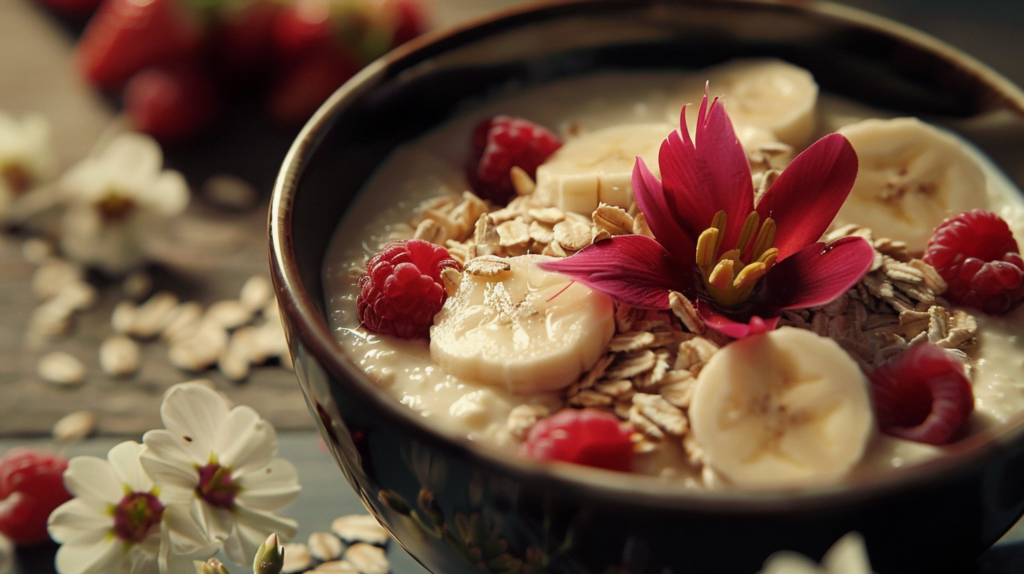
Oat Consumption Trends
Over the years, oat consumption has undergone significant changes, with new trends emerging in response to shifting consumer preferences and health awareness. Some notable trends include:
- Oat milk: A plant-based, dairy-free alternative to cow’s milk, oat milk has gained popularity among vegans, lactose-intolerant individuals, and those seeking a more environmentally friendly milk option.
- Oat-based snacks: Granola bars, oat cookies, and oat-based crackers have become popular snack choices, particularly among health-conscious consumers looking for nutritious and convenient options.
- Gluten-free oat products: With the rising prevalence of celiac disease and gluten sensitivity, gluten-free oats and oat-based products have gained traction, catering to those with specific dietary needs.
These trends have been driven by factors such as increasing health consciousness, environmental concerns, and the desire for more diverse and inclusive food options.
One of the most significant trends in oat consumption in recent years has been the rise of oat milk. Oat milk is made by blending oats with water and then straining the mixture to create a creamy, milk-like beverage. It has become a popular alternative to dairy milk due to its rich, smooth texture and nutritional benefits, including high levels of fiber, protein, and vitamins.
Many consumers have also been drawn to oat milk for its environmental benefits. Compared to dairy milk, oat milk production requires less water and land, and generates fewer greenhouse gas emissions. This has made it an attractive choice for environmentally conscious consumers looking to reduce their carbon footprint.
Another trend in oat consumption has been the growing popularity of oat-based snacks. Granola bars, oat cookies, and oat-based crackers have become popular choices for health-conscious consumers looking for convenient, nutritious snacks. These products often incorporate other healthy ingredients like nuts, seeds, and dried fruit, and are marketed as a wholesome alternative to traditional snack foods.
The rise of gluten-free diets has also had an impact on oat consumption trends. While oats are naturally gluten-free, they are often processed in facilities that also handle wheat and other gluten-containing grains, leading to cross-contamination. As a result, many manufacturers have begun producing certified gluten-free oats and oat-based products to cater to consumers with celiac disease or gluten sensitivity.
In addition to these trends, there has been a growing interest in incorporating oats into a wider range of dishes and cuisines. From savory oat risottos to oat-based smoothies and desserts, consumers are discovering new and creative ways to enjoy this versatile grain.
As consumers continue to prioritize health, sustainability, and diversity in their food choices, it is likely that these oat consumption trends will continue to evolve and expand. By staying attuned to these trends and developing innovative oat-based products, food manufacturers can capitalize on the growing demand for healthy, plant-based foods while contributing to a more sustainable and inclusive food system.
Health Benefits of Oats
Oats are widely recognized for their numerous health benefits, making them an essential part of a balanced diet. Some of the key health benefits associated with oat consumption include:
- Heart health: The high beta-glucan content in oats helps lower LDL (bad) cholesterol levels, reducing the risk of heart disease.
- Weight management: Oats are rich in fiber, which promotes feelings of fullness and aids in weight management by reducing overall calorie intake.
- Blood sugar control: The slow-release carbohydrates in oats help maintain stable blood sugar levels, making them an ideal choice for people with diabetes or those seeking to prevent blood sugar spikes.
- Digestive health: The high fiber content in oats supports healthy digestion, promoting regular bowel movements and preventing constipation.
Incorporating oats into your daily diet can be an effective way to reap these health benefits and improve overall well-being.
One of the most significant health benefits of oats is their positive impact on heart health. Oats are rich in beta-glucan, a type of soluble fiber that has been shown to lower LDL (bad) cholesterol levels. Beta-glucan works by binding to bile acids in the digestive tract, which are then excreted from the body. To compensate for this loss, the liver produces more bile acids, using up excess cholesterol in the blood. This process helps to reduce overall cholesterol levels, thereby lowering the risk of heart disease.
Oats are also an excellent food choice for those looking to manage their weight. The high fiber content in oats helps to promote feelings of fullness and satiety, which can reduce overall calorie intake and prevent overeating. Additionally, the slow-release carbohydrates in oats provide a steady source of energy throughout the day, helping to curb cravings and prevent energy crashes that can lead to overeating.
For people with diabetes or those looking to maintain stable blood sugar levels, oats can be a valuable addition to the diet. The slow-release carbohydrates in oats help to prevent rapid spikes in blood sugar, which can be particularly beneficial for those with insulin resistance or diabetes. The beta-glucan in oats has also been shown to improve insulin sensitivity, further aiding in blood sugar control.
Oats are also known for their digestive health benefits. The high fiber content in oats helps to promote regular bowel movements and prevent constipation. The prebiotic properties of oats also support the growth of beneficial gut bacteria, which can improve overall digestive health and boost immunity.
In addition to these key health benefits, oats are also a good source of several essential vitamins and minerals. They are particularly rich in manganese, phosphorus, magnesium, copper, iron, zinc, folate, and vitamins B1 and B5. These nutrients play important roles in various bodily functions, including energy production, bone health, and immune function.
Oats are also a good source of antioxidants, particularly a group of compounds called avenanthramides. These antioxidants have been shown to have anti-inflammatory and anti-itching properties, which may be beneficial for those with skin conditions like eczema or psoriasis.
To maximize the health benefits of oats, it is important to choose whole oats rather than processed oat products like instant oatmeal, which can be high in added sugars and other unhealthy ingredients. Whole oats, such as steel-cut or rolled oats, retain more of their fiber and nutrient content and are a healthier choice overall.
Incorporating oats into your diet is easy and versatile. They can be enjoyed as a hot breakfast cereal, added to smoothies or baked goods, or used as a savory ingredient in dishes like risottos or veggie burgers. With their numerous health benefits and adaptability in the kitchen, it is no wonder that oats have become a staple food in many cultures around the world.
Oat Recipes and Preparation Methods
Oats are incredibly versatile and can be enjoyed in a variety of dishes, from traditional recipes to modern and innovative creations. Some popular oat-based recipes from top-consuming countries include:
- Russia: Kasha, a savory porridge often served with meat or vegetables, and oatmeal cookies known as ovsyanoe pechenie.
- Canada: Oatmeal pancakes, oat-based granola, and oatmeal chocolate chip cookies.
- United Kingdom: Traditional Scottish porridge, oat-based flapjacks, and savory oat cakes.
To incorporate oats into your diet, try the following tips:
- Add a handful of oats to your favorite smoothie for a fiber boost.
- Replace breadcrumbs with oats when making meatballs or veggie burgers.
- Use oat flour as a gluten-free alternative in baking recipes.
- Sprinkle oats on top of yogurt or fruit for a crunchy, nutritious topping.
One of the most basic and traditional ways to enjoy oats is as a hot breakfast cereal. To make a classic bowl of oatmeal, simply combine rolled oats with water or milk in a pot and cook over medium heat until the oats are tender and creamy. You can then customize your oatmeal with a variety of toppings, such as fresh fruit, nuts, seeds, or a drizzle of honey or maple syrup.
For a more savory take on oatmeal, try making a bowl of kasha, a traditional Russian dish made with oats, mushrooms, and onions. To make kasha, start by sautéing sliced mushrooms and onions in a pot with some butter or oil. Then, add in your oats and toast them for a few minutes before adding in water or broth. Simmer the mixture until the oats are tender and the liquid is absorbed, then season with salt and pepper to taste.
Oats can also be used in a variety of baked goods, from cookies and muffins to breads and crackers. For a healthy and delicious snack, try making a batch of homemade granola bars. Simply combine rolled oats with your choice of nuts, seeds, and dried fruit, then bind the mixture together with a combination of honey, nut butter, and coconut oil. Press the mixture into a baking dish and bake until golden brown, then slice into bars once cooled.
For a gluten-free alternative to traditional flour-based baked goods, try using oat flour instead. Oat flour can be made by simply blending rolled oats in a food processor or blender until they reach a fine, flour-like consistency. Use oat flour in place of wheat flour in recipes for cookies, cakes, and breads for a nutritious and gluten-free twist.
Oats can also be used in savory dishes, such as veggie burgers or meatloaf. To make a simple oat-based veggie burger, combine cooked lentils or beans with rolled oats, chopped vegetables, and your choice of seasonings. Form the mixture into patties and cook in a skillet or on a grill until crispy and heated through.
Finally, don’t forget about the many delicious ways to enjoy oats in their raw form. Overnight oats, made by combining rolled oats with milk or yogurt and your choice of flavorings and toppings, are a convenient and tasty breakfast option that can be prepared ahead of time. You can also use raw oats as a crunchy topping for smoothie bowls, yogurt parfaits, or fruit crisps.
With so many delicious and creative ways to incorporate oats into your diet, it’s easy to see why this humble grain has become a staple food around the world. Whether enjoyed sweet or savory, hot or cold, oats offer a nutritious and satisfying addition to any meal or snack.
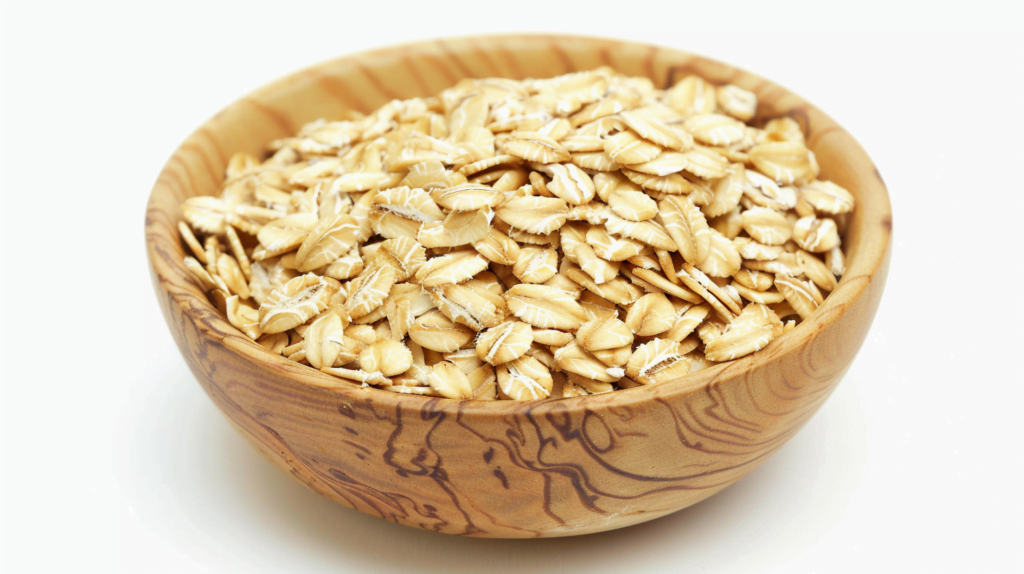
Conclusion
In conclusion, Russia, Canada, and the United Kingdom are the top three countries that consume the most oats per capita. The high oat consumption in these countries can be attributed to cultural significance, economic factors, and a growing awareness of the health benefits associated with oats.
As the popularity of oats continues to rise, driven by emerging trends in oat-based products and increasing health consciousness, it is likely that global oat consumption will continue to grow in the coming years. By incorporating oats into your diet through various recipes and preparation methods, you can enjoy the numerous health benefits these humble grains have to offer.
Oats have come a long way from their humble beginnings as a staple food for livestock and the poor. Today, they are recognized as a nutritional powerhouse and are enjoyed by people of all ages and backgrounds around the world.
As we have seen, oats offer a wide range of health benefits, from promoting heart health and aiding in weight management to supporting digestive health and blood sugar control. They are also an incredibly versatile ingredient, capable of being incorporated into a variety of sweet and savory dishes.
As consumers become increasingly health-conscious and environmentally aware, it is likely that the demand for oats and oat-based products will continue to grow. This presents an exciting opportunity for farmers, food manufacturers, and consumers alike to explore new and innovative ways to incorporate this nutritious and sustainable crop into our diets.
Whether enjoyed as a creamy bowl of porridge, a crunchy granola bar, or a savory veggie burger, oats offer something for everyone. By embracing the many delicious and nutritious ways to enjoy this humble grain, we can all reap the benefits of this global superfood.
So the next time you reach for a bowl of oatmeal or a slice of oat bread, remember the rich history and cultural significance of this beloved grain. From the fields of Russia to the kitchens of Canada and the UK, oats have played an important role in nourishing and sustaining people around the world for centuries. And with their many health benefits and culinary possibilities, it’s clear that oats will continue to be a staple food for generations to come.
